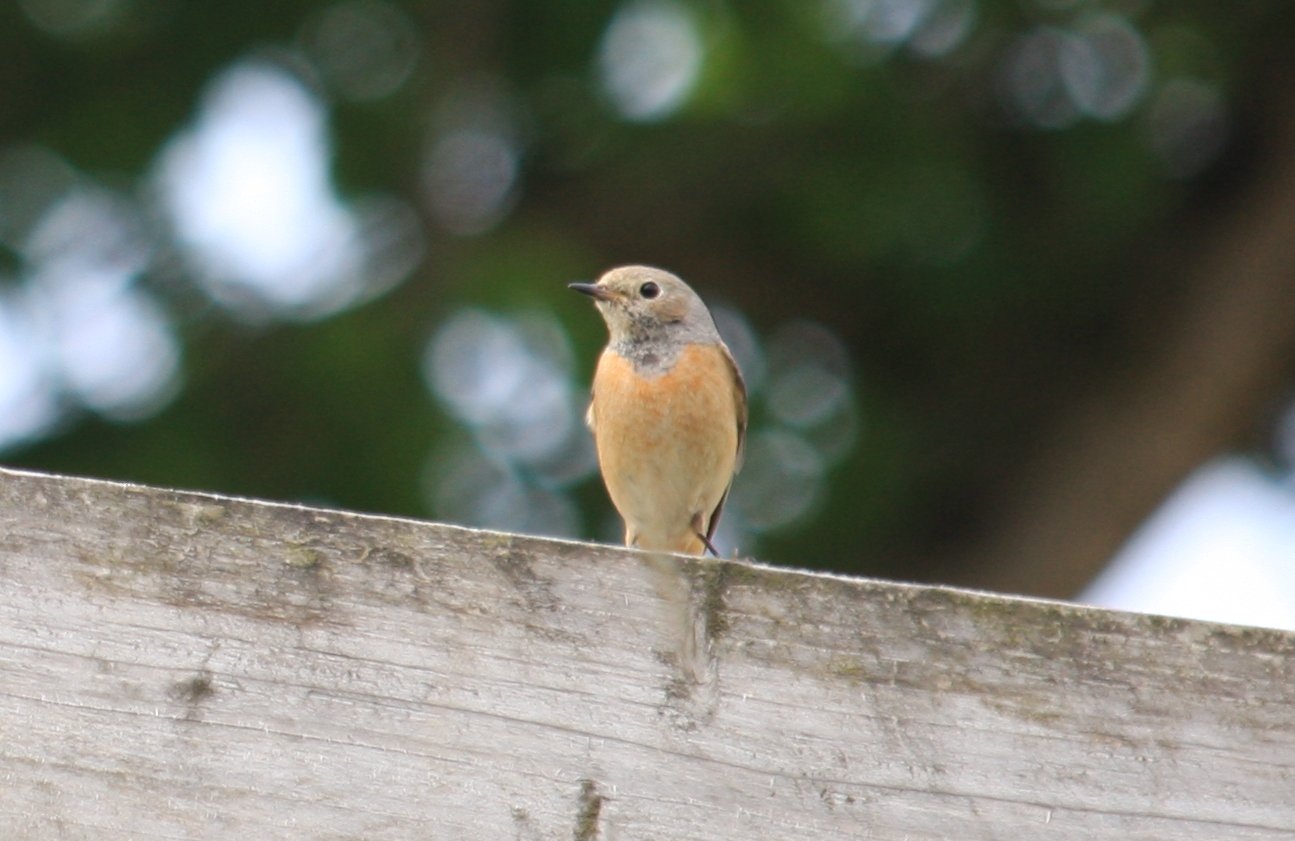As Spring takes hold at St Olaves, it is wonderful to hear a constant background bubble of bird song wherever we go in the garden. For months we had to be content with the plaintiff serenades of our robins and the haunting back and forth of Tawny owls during the long nights. But now there is song everywhere, and from so many different species. We are getting better at identifying birds from their calls and songs, but we still make good use of the free and very impressive Merlin Bird ID app from Cornell Labs. We didn’t know about the app this time last year so were unable to use it to help us identify the songs and calls of our returning migrants. Their presence in the hedgerows is one of the things that makes a Devon spring so joyful, but we still find telling them apart by call challenging without this extra help.
Of course, some birds need no app. We could hardly miss the Swallows swooping across the silage field outside our kitchen window, or the incessant, repetitive call of the Chiffchaff (always our first returning migrant). But this week, I have really appreciated how the app has helped me to tune in to the sweet if slightly rasping melody of the Blackcap, which seems to have returned to St Olaves in record numbers this year. Though I am yet to get a good view of one (they have always been buried deep in a bush or high in a tree), their song is unmistakable once this amazing bit of technology has helped you to isolate it from the background hum of our resident songbirds.
This afternoon I was lucky enough to be running the app when I heard an unusual high-pitched song while cleaning out the hens. When I checked my phone, the app had just registered the bird as a Firecrest; still rare in this part of Devon and the first time I have definitely heard it at St Olaves (last year only Merlin heard it). The Firecrest is closely related to the more common Goldcrest, and is slowly expanding its range in South-West England, having only become an established breeding species in the UK in 1962.
Firecrest (male), Wikimedia Commons, CC BY-SA 4.0 DEED
But it’s not all about technology. Over breakfast this morning we saw a small orangey-red bird flitting about the garden. Fortunately, my binoculars were near to hand, and I was able to catch a good enough sight to confirm that this was a female Redstart rather than a Robin. Perhaps she had only just arrived after the long migration from Africa. A minute or two later she was gone, hopefully in search of a mate and suitable nesting sites.
Redstart female, Wikimdeia Commons, Andrew Thomas, UK, CC-BY-SA 2.0
We hope that over the next few weeks we will catch sight (and sound) of more of our rare and special migratory visitors, and that Merlin will continue to help us find them. The wooded valleys that run off Dartmoor, like our own Teign valley, are nationally important for species such Pied and Spotted Flycatchers, Willow and Wood Warblers as well as the lovely redstart. We’ll let you know if Merlin helps us to confirm their presence, and with luck their successful nesting.
16 April 2024
Postscript: amazingly, later the same day, when taking a walk down to the river after supper, Merlin claimed to have heard a Willow Warbler on the hillside. Annoyingly I missed hearing it myself, and though we waited for some time, there was no repeat song or call (the Willow Warbler has a famously unusual, sweet, descending song). Maybe next time we will make a clearer ID – we’ll certainly try.



